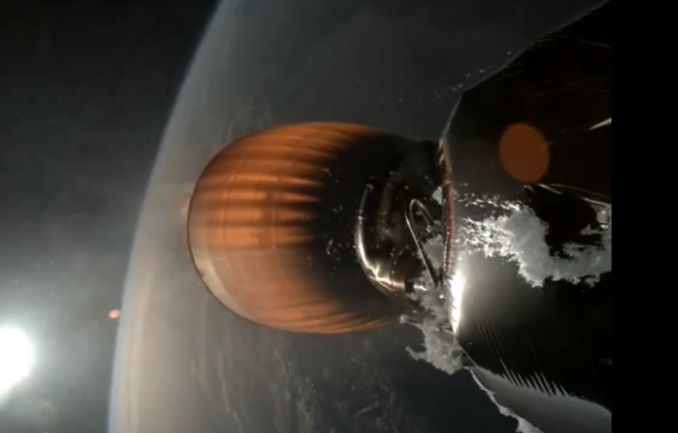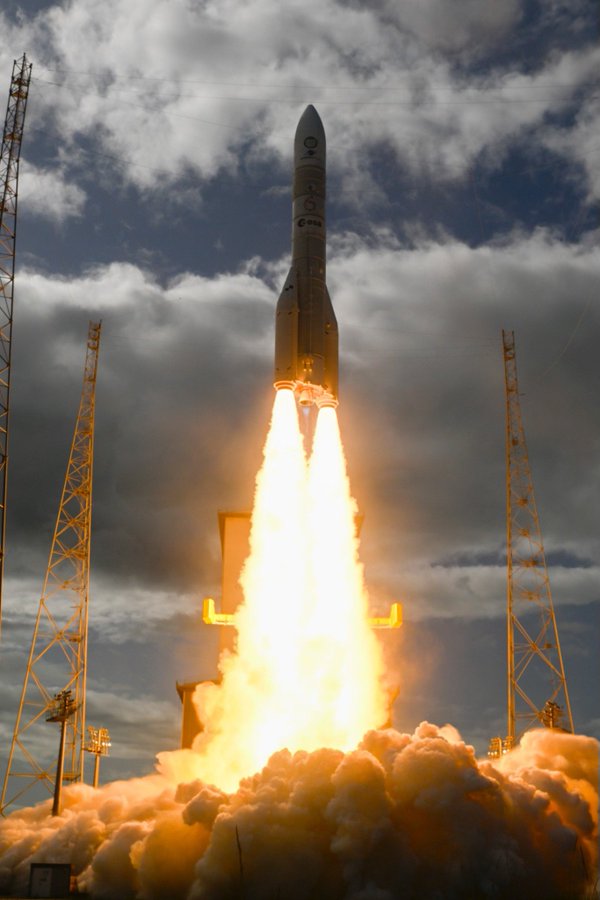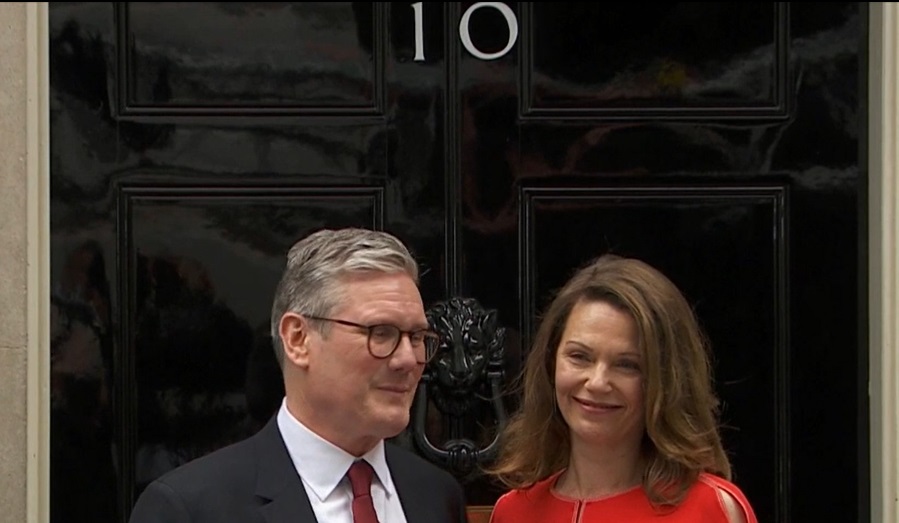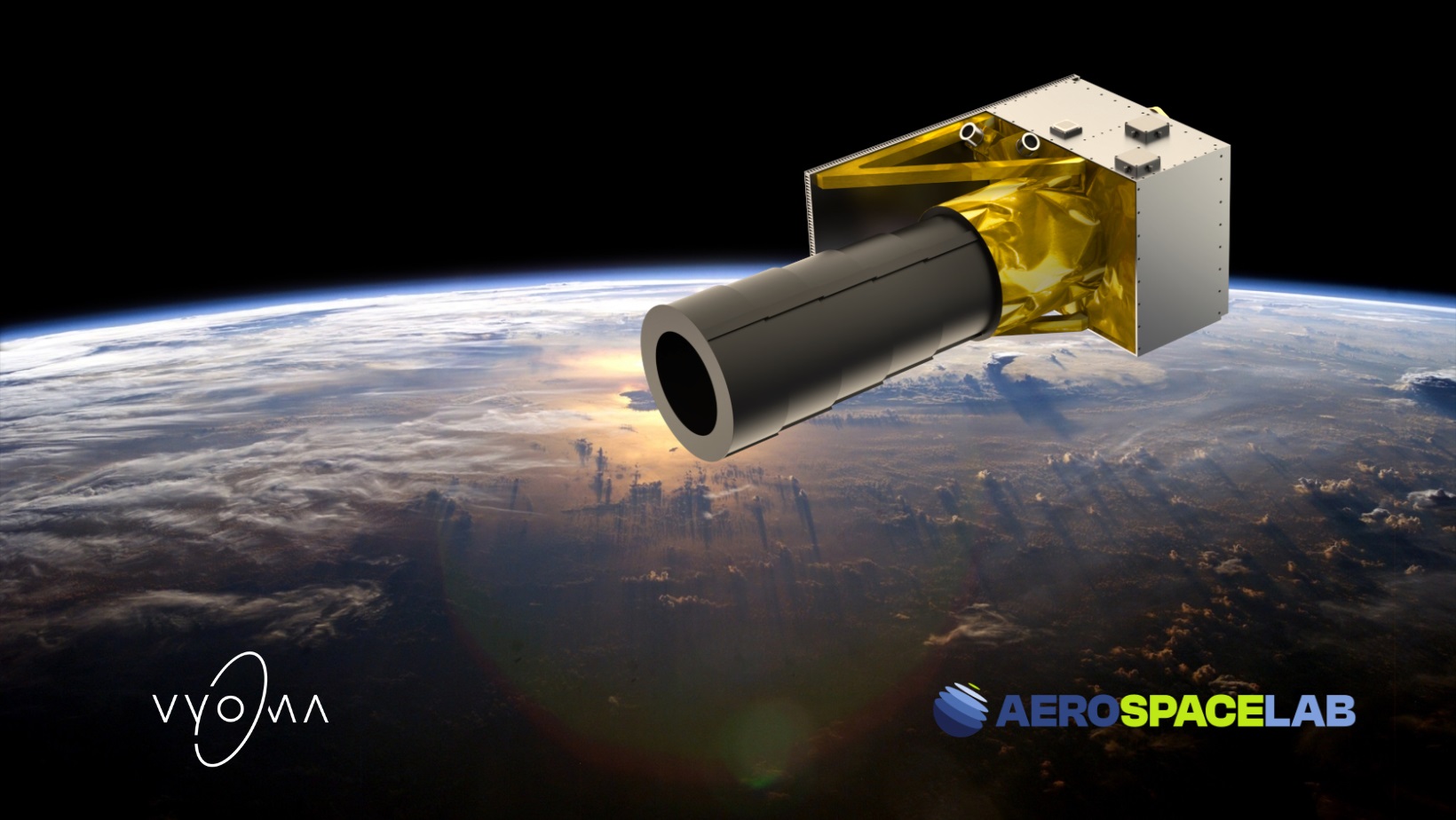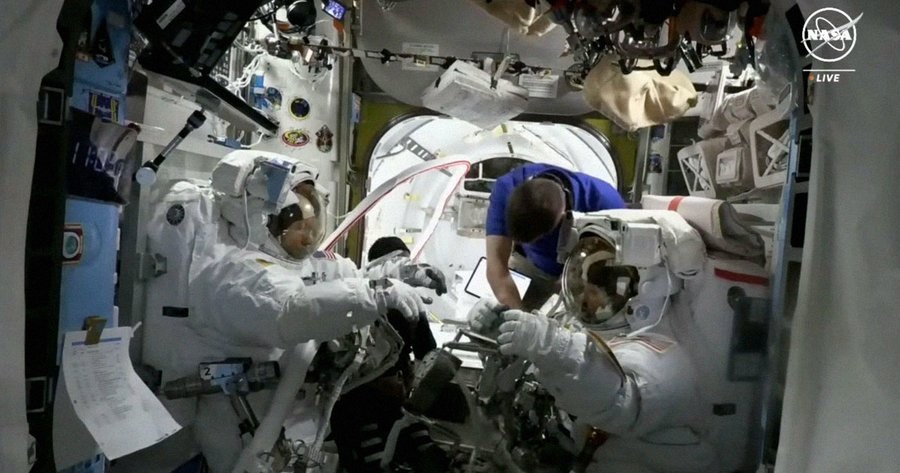credit NASA / caption: NASA’s FY2009 budget shows ISS operations ending in 2016
Hyperbola has learned that the fiscal year 2010 NASA budget is expected to contain an intention to operate the US portion of the International Space Station (ISS) to 2020 for the first time
Seen above in the screen grab from the NASA FY2009 budget report ISS spend ends in 2016 and that can be read as an end to station use in 2015 or 2016 but either way the plan, the notionally agreed end date for ISS, had been the middle of the next decade. However last year the station partners agreed that they would approach their governments for an extension and the FY2010 budget will confirm the Obama adminisration’s support for that
The extension of ISS utilisation will have a major impact on the return to the Moon timetable but has been brought about by the problems the Constellation programme has hadIn a Congressional appropriatons hearing last week exploration systems mission directorate associate administrator Doug Cooke said that extension of ISS operations would impact Constellation
I remember space operations mission directorate associate adminstrator William Gerstenmaier saying last year or the year before that that ISS operations cost the agency about $1.5 billion a year and so that is the sort of sum that can be expected to be continued until 2020
As explained in this Hyperbola blog post with serious technical and budgetary challenges the return to the Moon is unlikely to occur in 2020 and a deorbited ISS in 2016 leaves a 2015 operational Orion crew exploration vehicle with nowhere to go
Touted as a potential outcome since 2007 ISS extension is a logical conclusion with that likely post-2020 return to the Moon and delays from 2013 to 2015 for the start of operations for Orion and its Ares I crew launch vehicle booster. But Space Exploration Technologies and Orbital Sciences will be celebrating the extension because of the increased number of cargo flights they can expect
The decision to continue ISS preempts two reports that the NASA authorisation act 2008 had specified. One was for a plan for use of the ISS as a national laboratory to 2020, to be produced by this July and the second is about cargo contingencies, to be produced by October 2009
This cargo contingency report will look at how ISS partners could provide resupply capacity if NASA’s commercial resupply services contractors, SpaceX and Orbital, don’t deliver
Can the extra $150 million from the American Recovery and Reinvestment act for NASA’s commercial cargo and crew programme ensure they deliver in every sense?

